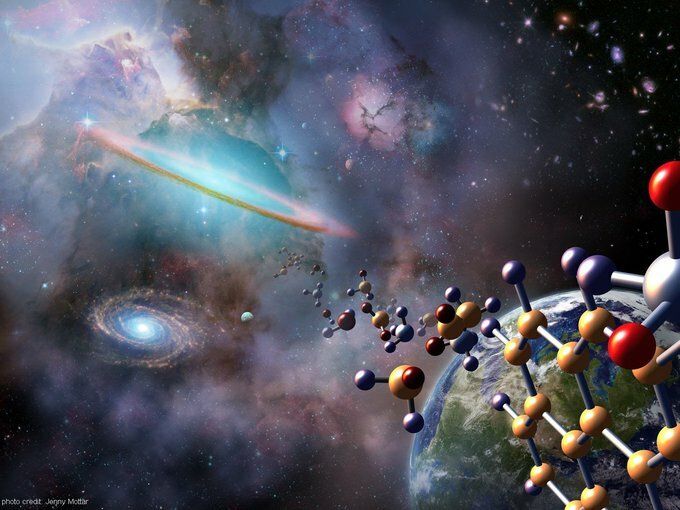‘’We find selection rules driving interactions in chemistry as a result of environmental conditions; or emergent properties such as catalytic activity, self-assembly and self-replication; or even as a result of the specifics of chemical reactions.’’
Just like the mythical creation stories that depict the formation of the world as the story of order from chaos, the early Earth was home to a chaotic clutter of organic molecules from which, somehow, more complex biological structures such as RNA and DNA emerged.
There was no guiding hand to dictate how the molecules within that prebiotic clutter should interact to form life. Yet, had those molecules just interacted randomly then, in all likelihood, that they would never have chanced upon the right interactions to ultimately lead to life.
“The question is, out of all the random possibilities, are there any rules that govern these interactions?” asks Ramanarayanan Krishnamurthy, an organic chemist at the Scripps Research Institute in California.
